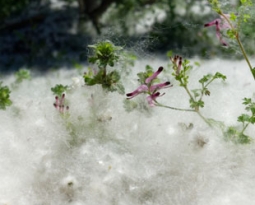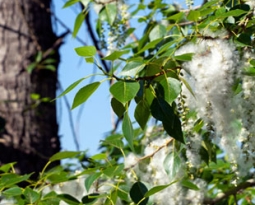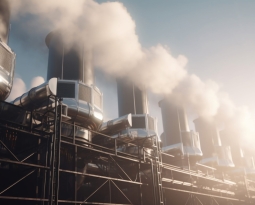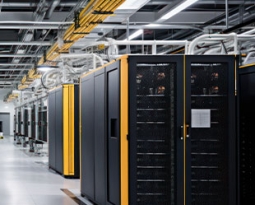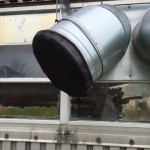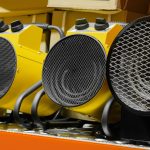In the wake of COVID-19, the emphasis on indoor ventilation has undergone a significant transformation. The pandemic heightened awareness of air filtration and deepened the general understanding of the value of clean air and proper ventilation. Government agencies, including the Environmental Protection Agency (EPA), have revised their guidelines to emphasize the role they have in protecting building occupants from respiratory infections in schools, offices, factories, hospitals and in the home. These recommendations are part of a broader effort to improve indoor air quality (IAQ) in buildings to reduce the risk of airborne spread of viruses and other contaminants. Certain investments, like the American Rescue Plan and Bipartisan Infrastructure Law, are being offered as incentives to make IAQ improvements in indoor spaces across the country. Since people spend nearly 90% of their time indoors, focusing on a clean and healthy indoor environment is not only recommended—it’s a necessity.
Prefilters act as a first line of defense against larger environmental airborne particles, such as cottonwood, bugs, processing dust and pollen, before air enters the high efficiency filtration system. In a world where maintaining air quality is even more critical than ever, prefilters ensure that large contaminants are captured before they reach the more advanced filtration stages.
 Clearing the Air on the Benefits of Prefilters
Clearing the Air on the Benefits of Prefilters
Prefilters offer numerous reasons why they are an indispensable component of any HVAC system.
Greater Efficiency: Prefilters allow high-efficiency filters—including those rated MERV 13 or higher—to carry out their intended functions for longer. By preventing larger particles from clogging these advanced filters, prefilters allow them to focus on capturing smaller and more dangerous particles, including viral particles.
Prolonged Lifespan: By reducing the burden of high-efficiency filters, prefilters lower maintenance costs by up to 30% and extend the duration between filter replacements.
IAQ Consistency: Optimizing outside air ventilation by bringing outdoor air in. As outdoor air quality fluctuates, prefilters ensure that the outside air entering a building remains consistently high quality, mitigating the risk of indoor air pollution.
Minimizing Energy Consumption: A prefilter helps maintain the overall efficiency of the ventilation system. When high-efficiency filters are combined with a prefilter, the HVAC system operates at full capacity, ultimately reducing energy consumption and increasing cost efficiency.
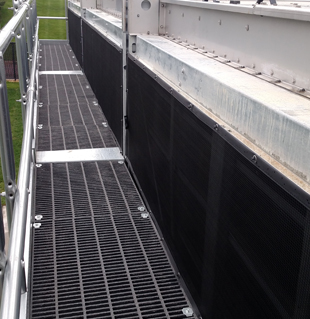 PreVent: The First Line of Defense
PreVent: The First Line of Defense
PreVent air filter screens act as a powerful defense against various contaminants, including airborne particles and debris, safeguarding your HVAC equipment from external threats. By keeping these contaminants out, PreVent filters play a crucial role in maintaining indoor air quality, a benefit that received a lot of attention during the pandemic but is just as important today. The added protection from PreVent also means that your existing air filters, whether pleated, metal mesh or electrostatic, last longer and perform longer at peak efficiency, contributing to both better indoor air quality and the overall efficiency of your HVAC systems. These custom-made washable filters are easy to install using patented MagnaMount® earth magnets, requiring minimal maintenance with zero downtime, and come with a reassuring five-year warranty.
In the post-COVID world, where respiratory infections continue to pose a persistent concern, the role of prefilters has become indispensable. By preventing larger particles from compromising the efficiency of advanced filters and improving the overall performance of the ventilation system, prefilters not only enhance safety but also contribute to a cleaner and healthier indoor environment. Consequently, the inclusion of prefiltration in ventilation is more vital than ever before. Visit our Contact Us page to request more information on our prefilters and discover why there’s only 1 Permatron.

